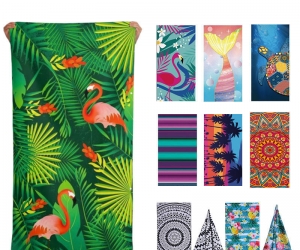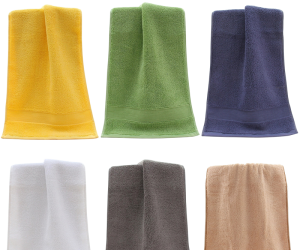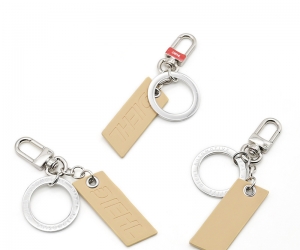What are the 2 types of lanyards?
Lanyards are a versatile item that can be used for a wide variety of purposes, from holding ID badges and keys to promoting businesses and events. They are available in different materials, colors, and styles, each with its own benefits and drawbacks. In this article, we will explore the two main types of lanyards: breakaway and non-breakaway.
Breakaway Lanyards
Breakaway lanyards are designed to release when a certain amount of force is applied, such as when the lanyard becomes caught on an object or someone pulls on it. The purpose of a breakaway lanyard is to prevent injury or choking in case of an accident or emergency. This is particularly important in environments where the lanyard is used around machinery or equipment, or where there is a risk of entanglement.
There are two main types of breakaway lanyards: magnetic and plastic. Magnetic breakaway lanyards use a magnet to hold the lanyard together, and when a certain amount of force is applied, the magnet releases, allowing the lanyard to come apart. Plastic breakaway lanyards use a plastic clip or connector that is designed to break apart when a certain amount of force is applied.
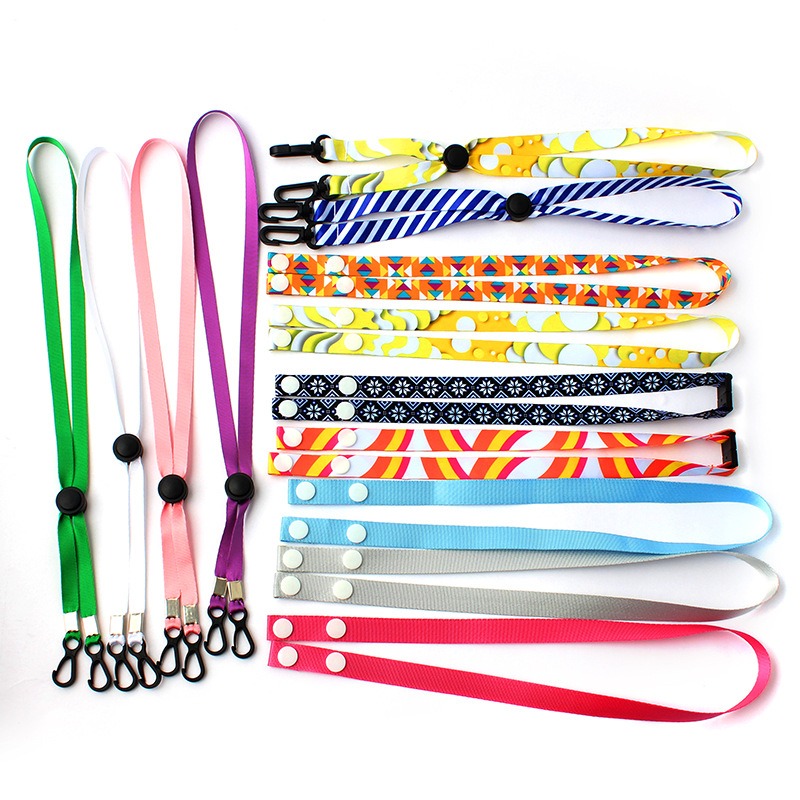
Non-Breakaway Lanyards
Non-breakaway lanyards are the most common type of lanyard and are used in a wide variety of settings, from offices and schools to conferences and events. Non-breakaway lanyards are designed to be durable and long-lasting and are available in a range of materials, including polyester, nylon, and cotton.
Non-breakaway lanyards come in different widths and lengths, and can be customized with logos or messages using heat transfer or screen printing. They are also available in a variety of colors and come with different attachment options, such as swivel hooks or bulldog clips.
When to Use Breakaway vs. Non-Breakaway Lanyards
The choice between breakaway and non-breakaway lanyards depends on the intended use and the level of risk involved. In environments where there is a risk of entanglement or choking, such as manufacturing plants or construction sites, breakaway lanyards should be used to prevent injury. Breakaway lanyards are also recommended for use in schools and childcare facilities, where children may be at risk of getting caught on objects or equipment.
Non-breakaway lanyards are suitable for most other environments, including offices, conferences, and events. They are durable and long-lasting and can be customized to promote a brand or message. Non-breakaway lanyards are also more affordable than breakaway lanyards, making them a cost-effective option for large events or conferences.
Conclusion
Breakaway and non-breakaway lanyards are the two main types of lanyards available. Breakaway lanyards are designed to release when a certain amount of force is applied, to prevent injury or choking in case of an accident or emergency. Non-breakaway lanyards are the most common type of lanyard and are suitable for most environments, including offices, schools, and events.
When choosing a lanyard, it's important to consider the intended use and the level of risk involved. Breakaway lanyards should be used in environments where there is a risk of entanglement or choking, while non-breakaway lanyards are suitable for most other settings. By choosing the right type of lanyard, anyone can promote their brand or message while ensuring the safety and well-being of those around them.
-
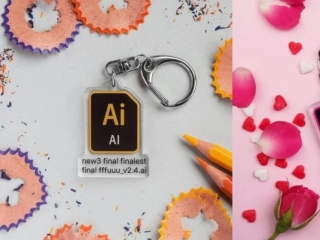 Such a beautiful keychain makes people love and hate!
Such a beautiful keychain makes people love and hate!If you are a designer, then lines like "Tune a little bit here", "Help me change t...
Do you like ?0
Read more -
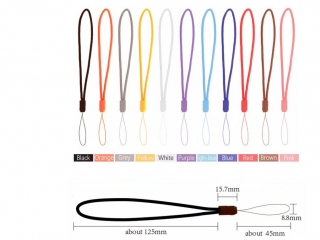 Easy to carry Water Bottle Lanyards buying
Easy to carry Water Bottle Lanyards buying -
 Advantages of using personalized printed Silicone Wristbands
Advantages of using personalized printed Silicone Wristbands -
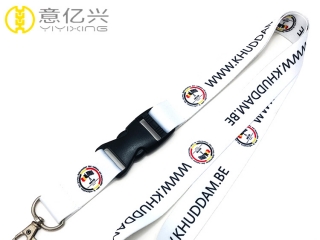 The difference between nylon lanyard vs polyester lanyard - Yiyixing
The difference between nylon lanyard vs polyester lanyard - YiyixingWhat is Polyester Made Lanyards?
When it comes to <...
Do you like ?0
Read more -
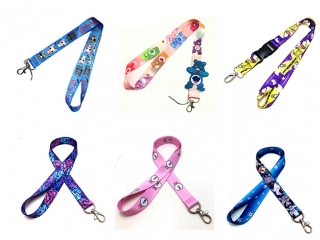 Does Wear Cute lanyard can keep in a good mood?
Does Wear Cute lanyard can keep in a good mood?With the growth of age, girls are more and more inclined to adorabl...
Do you like ?0
Read more -
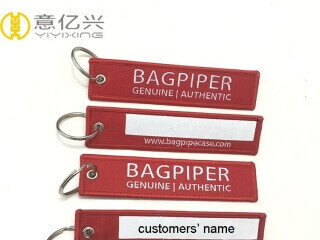 Why not choosing custom flight tags as a gift?
Why not choosing custom flight tags as a gift?Fabric key tag, made by embroidery or woven is one of our new appli...
Do you like ?0
Read more


